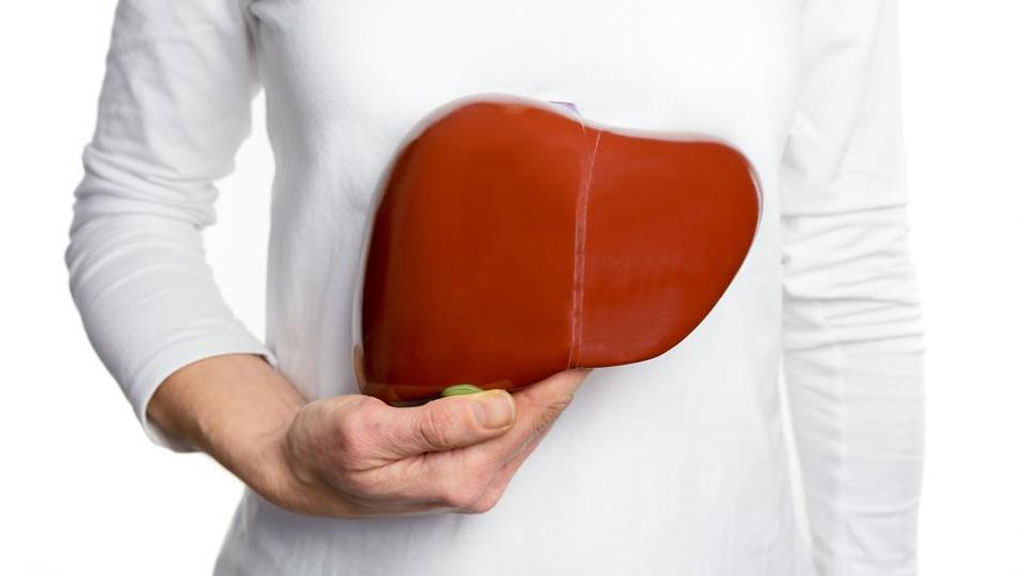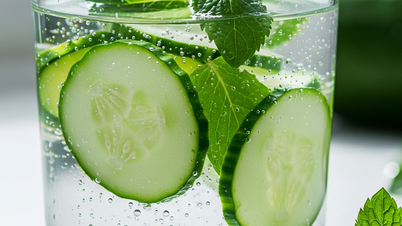In Vietnam, this dish is no longer strange, it is also the choice of many people. But you should know these things when eating sushi.
Traditional sushi contains many of the ingredients of a “health food”: fresh fish, seaweed, and is easy to eat, Time quoted Katherine Zeratsky, a nutritionist and associate professor of nutrition at the Mayo Clinic, saying. However, experts warn that it is not a dish for a slim waist, if eaten too much.

related news
You should avoid eating these foods before going out drinking. One of the biggest problems with sushi is portion control. Isabel Maples, a registered dietitian and spokesperson for the Academy of Nutrition and Dietetics, says sushi can be very high in calories: a single sushi roll cut into six to nine pieces can contain as many as 500 calories. A spicy shrimp roll with seasoning has about 550 calories, according to the USDA.
Most of those calories come from the white rice that's rolled inside. Sushi rice is often made with vinegar and sugar, and sugar adds more calories than steamed rice, says nutritionist Zeratsky.
This sweet sticky sushi rice is also “fattening” and adds significantly to the cooking process, so you can eat half a cup of white rice in just one roll, says Nancy Farrell, a nutritionist in Fredericksburg (USA), according to Time.

How to make sushi really healthy?
However, sushi can absolutely be “part of a healthy diet,” Zeratsky notes — as long as you're careful about how it's prepared.
Select the appropriate roll
The ingredients hidden inside sushi are the biggest determinants of how healthy or unhealthy it is. Fish is typically low in calories, high in protein, and packed with powerful nutrients like omega-3s. If the sushi is made with steamed, fresh vegetables, fiber, and avocados, it’s heart-healthy, says Farrell, a spokesperson for the Academy of Nutrition and Dietetics. If prepared this way, sushi rolls are usually better. But limit the mayonnaise (a staple in most spicy rolls)…, according to Time.
Reduce eating dipping sauce and soy sauce
Sauces can quickly add to the sodium and fat content of a sushi dinner. For soy sauce, even one tablespoon contains 575 mg of sodium: about 25 percent of the daily recommended sodium limit.

related news
Risk of cancer recurrence due to diet Choose quality ingredients
Even if you’re not concerned about your waistline, experts say sushi lovers should still be cautious when eating raw fish. “When you eat anything raw, there are some risks, like bacterial and parasitic contamination,” Zeratsky said. So people should make sure the fish they eat is from a reputable restaurant and has been properly refrigerated, according to Time.
Raw fish should not be left out at room temperature for more than two hours, according to the U.S. Food and Drug Administration. Remember a health case in early 2018, when a man developed a 5-foot-long tapeworm after eating raw salmon almost every day; the parasite can survive in raw fish when its internal temperature gets too high or when the fish is improperly frozen.
Another health concern with sushi is mercury, a metal that occurs naturally in our environment but is highly contaminated and then absorbed by most seafood and shellfish. Consuming trace amounts of mercury through seafood is considered safe for most people, but it can stunt development, so pregnant women and young children should avoid eating raw seafood and even some cooked fish that have high mercury levels, like tuna, mackerel, and swordfish, Maples said, according to Time .
Source: https://thanhnien.vn/thich-mon-sushi-nen-biet-nhung-dieu-nay-185751335.htm


























![[Photo] Central Propaganda and Mass Mobilization Department meets with exemplary journalists](https://vphoto.vietnam.vn/thumb/1200x675/vietnam/resource/IMAGE/2025/6/21/9509840458074c03a5831541450d39f8)

























![[Maritime News] Wan Hai Lines invests $150 million to buy 48,000 containers](https://vphoto.vietnam.vn/thumb/402x226/vietnam/resource/IMAGE/2025/6/20/c945a62aff624b4bb5c25e67e9bcc1cb)





































Comment (0)